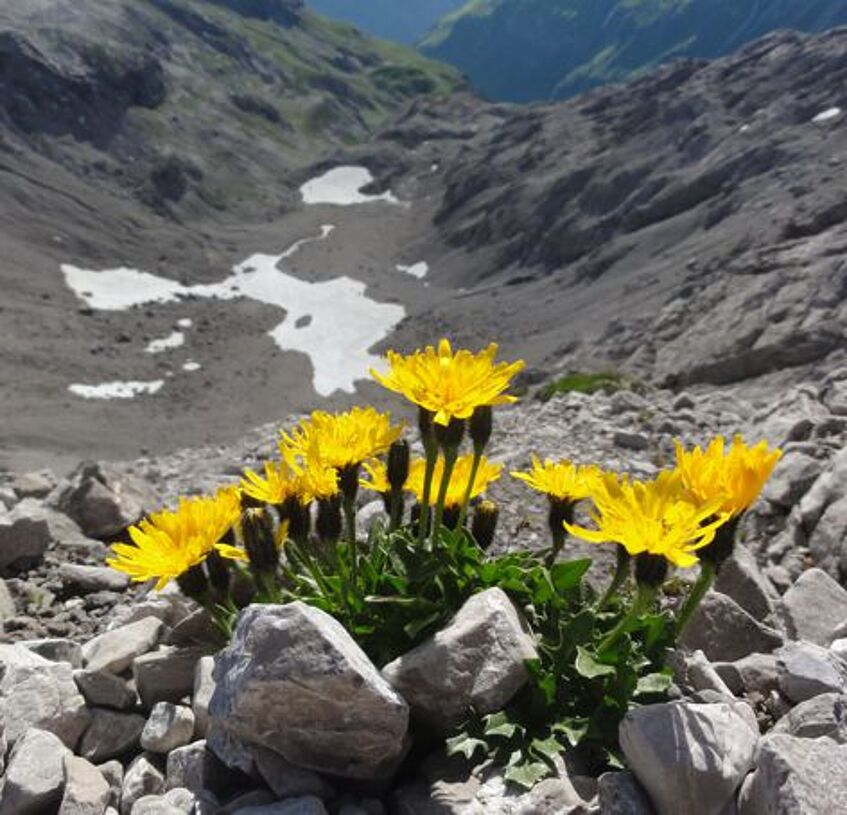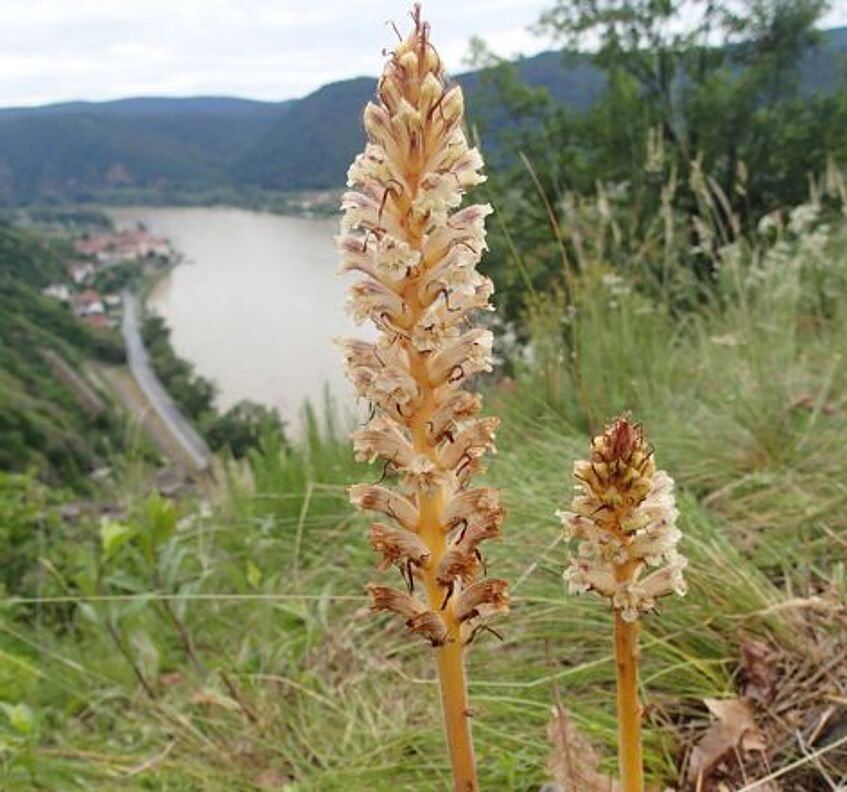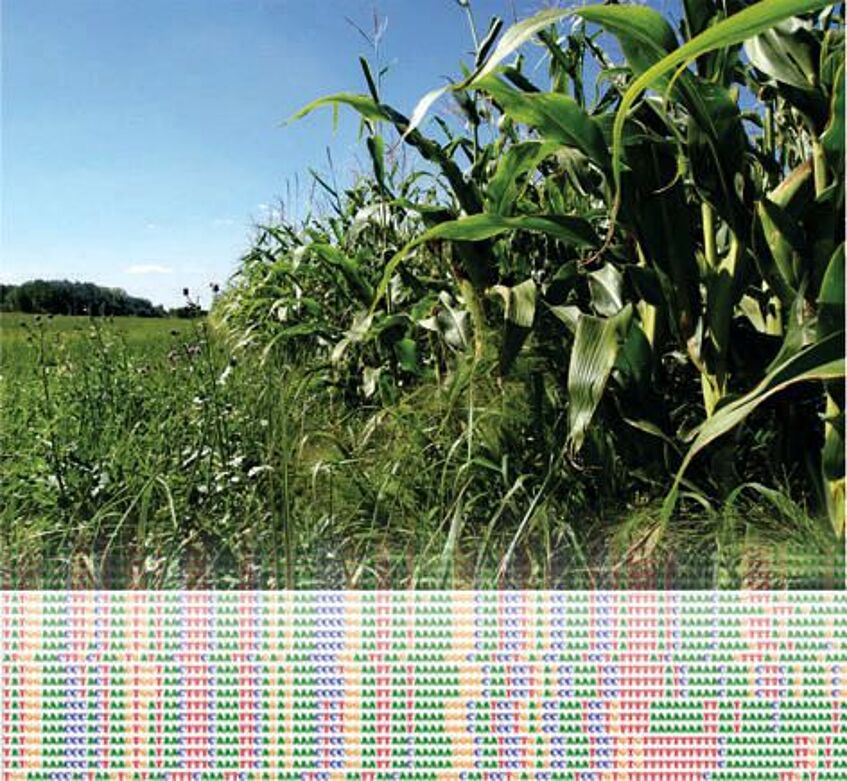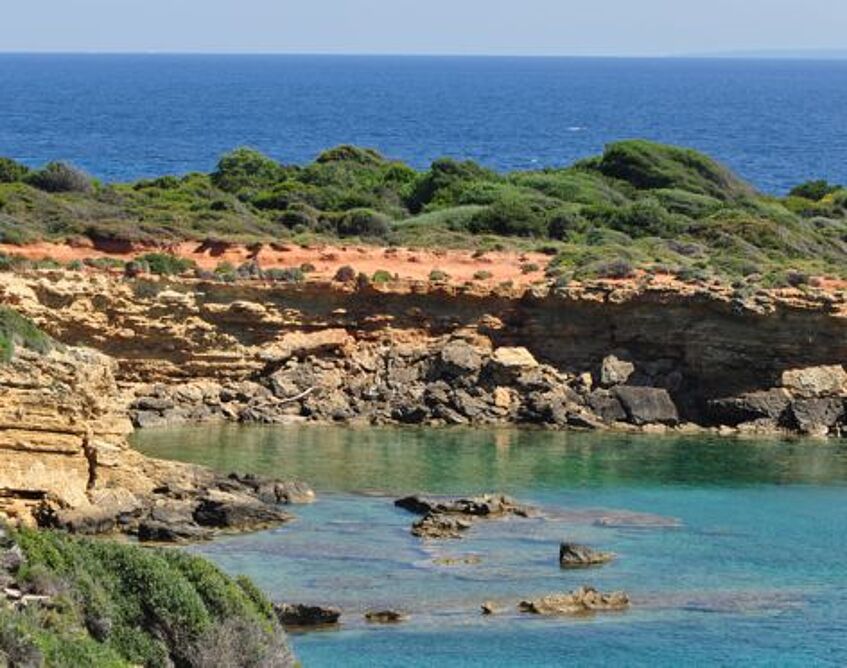Alpine Plants: Evolution at the Top
High mountains harbor a disproportionally high fraction of Earth's biodiversity, but at the same time are among the regions most strongly affected by global climate change. This renders alpine organisms well suited systems to study biogeographic and ecological aspects of diversification as well as adaptations to a changing environment. Our research in alpine plants covers (Pleistocene) phylogeography, polyploid evolution, phylogeny and taxonomy of selected angiosperm groups as well as biogeographic patterns of mountain biomes with a focus on high mountain ranges from Europe to southwestern Asia. Read More⇒

Parasitic Plants: The Other Side of Plant Evolution
Parasitism is a widespread strategy among organisms, and angiosperms are no exception. Having evolved more than ten times independently in flowering plants, the broomrape family (Orobanchaceae) is unique as it includes the entire range of nutritional modes from non-parasites via photosynthetic parasites with different degrees of photosynthetic capacity to non-photosynthetic parasites, rendering Orobanchaceae an excellent system to study parasite evolution. We investigate parasite phylogeny and taxonomy as well as genome dynamics (with a focus on plastid genomes). Read More⇒

Invasive Plants: DNA Barcoding to Detect "Invadors in Disguise"
Invasive species, i.e., introduced species that spread to an extent that they cause harm to local communities, are considered to be among the biggest threats to biodiversity. Understanding the dynamics of invasive species and the factors underlying invasiveness requires a comprehensive knowledge on the alpha diversity of introduced species. The number of introduced species may, however, be underestimated, especially in taxonomically challenging groups, resulting in a "recognition lag" of neobiota. A successful tool for biodiversity assessment is DNA-barcoding, where one or a few short genetic markers or larger parts of the genome (plastid genome, mitochondrial genome and nuclear ribosomal DNA cistron) are used to identify the taxonomic identity of the samples of interest, rendering DNA barcoding a well-suited method to address the extent of the recognition lag. Read More⇒

Riparian Vegetation: Getting One's Feet Wet
Riparian ecosystems are dynamic with diverse and often specialized plant and animal assemblages. At the same time, they are strongly threatened by habitat modification and destruction as well as the accompanying changes in species composition including the establishment of neobiota. Despite tremendous ecological changes in the last decades as the result of stream regulation, floodplain areas along the rivers Danube east of Vienna and the lower March (Morava) at the border between Austria and Slovakia comprise the largest and best preserved riparian vegetation in Central Europe. Our research focuses on its documentation, ecological changes and their consequences for plant occurrences as well as aspects of nature conservation. Read More⇒

Distribution Atlases: Putting Plants on the Map
Reliable and detailed distribution maps are fundamental for a broad spectrum of biological, ecological, geographic, and conservation issues. Creating and compiling the necessary data and making those available in distribution atlases and in computerized databases has become, during the last decades, the objective of international, national and regional botanical and zoological mapping schemes throughout Europe and beyond. Beyond leading the project "Mapping the Flora of Austria", we contribute to similar efforts in neighboring regions. Read More⇒

Plant Checklists: Organizing the Chaos
Checklists comprise in condensed form current taxonomy, correct nomenclature, and floristic information on the vascular plant flora of a reference region. As such, they form the indispensable basis for various purposes, such as nature conservation and legislation (e.g., via Red Data Lists), national and international floristic mapping projects or DNA barcoding activities. Building on decades of relevant expertise, going back to the influential Checklist of the Central European Vascular Plant Flora ("Liste der Gefäßpflanzen Mitteleuropas") edited by Friedrich Ehrendorfer and in its latest edition published 1973, we continuously update such checklists in computerized databases. Read More⇒

Red Data Lists: Knowing the Endangered
Red Lists and Red Books of threatened plant and animal species have become an indispensable tool for the aims of species and habitat conservation. Data and knowledge accumulated in the context of mapping projects, floristic and vegetation surveys undertaken by the Research Group's staff, former and current, over a considerable time span, have enabled (and obliged) us to take the leading role in fulfilling this challenge for the plants of Austria both on a national as well as a regional level. Read More⇒

Flora Ionica: Treading in Empress Sisi's Footsteps
Achilleon, the summer palace of Empress Sisi, is located on the island of Corfu (Kérkyra), the second largest of the Ionian Islands off the western coast of Greece. Beyond nostalgia for the Austro-Hungarian Empire, the Ionian islands are a rewarding object to study Mediterranean plant biogeography, as they are situated at the crossroads between the Western and the Eastern Mediterranean. With a latitudinal extent of about 300 km and a maximum elevation of about 1,600 m a. s. l., the islands offer a multitude of habitats and harbour ca. 1,900 native and naturalized species. Documenting this diverse flora in a comprehensive checklist and distribution maps as well as exploring its systematic and biogeographic ties lie at the heart of the Flora Ionica project. Flora Ionica Webpage ⇗

